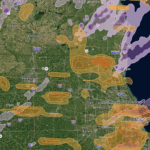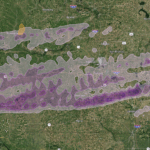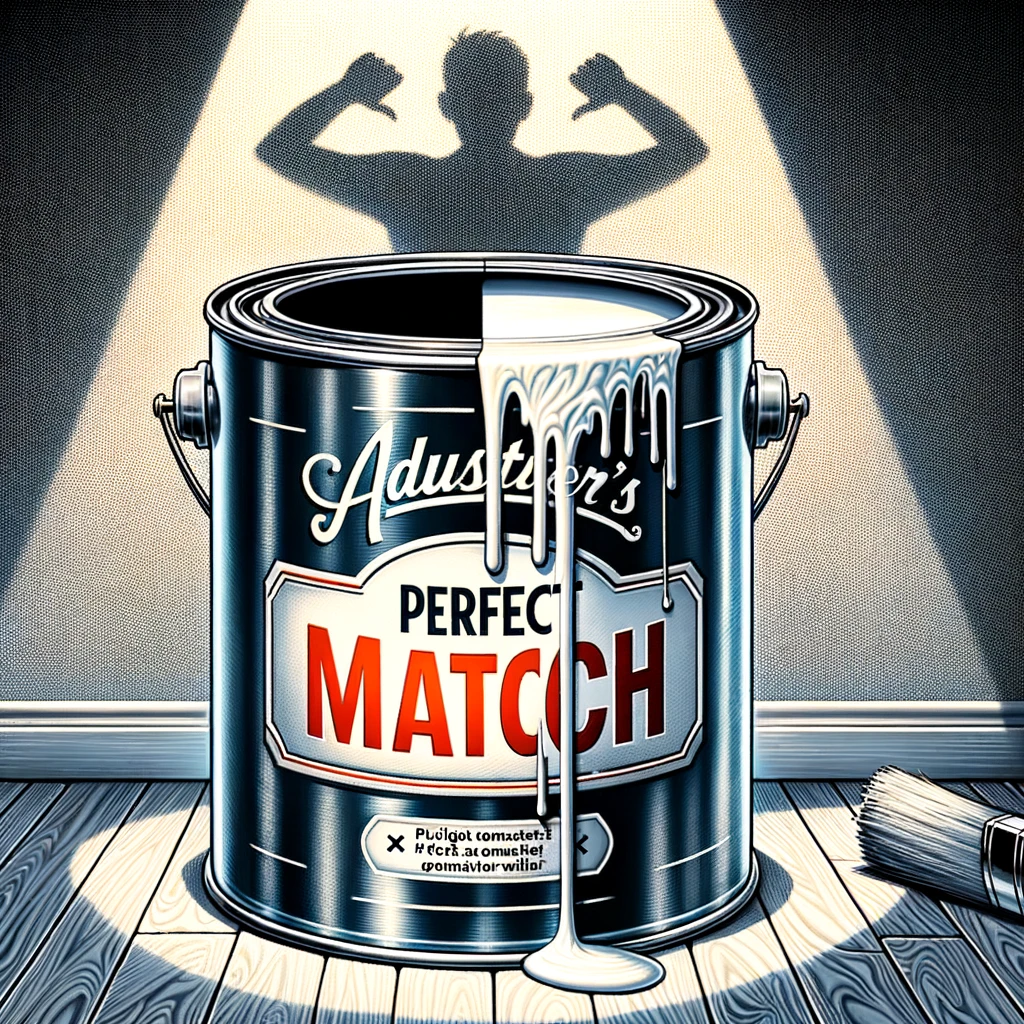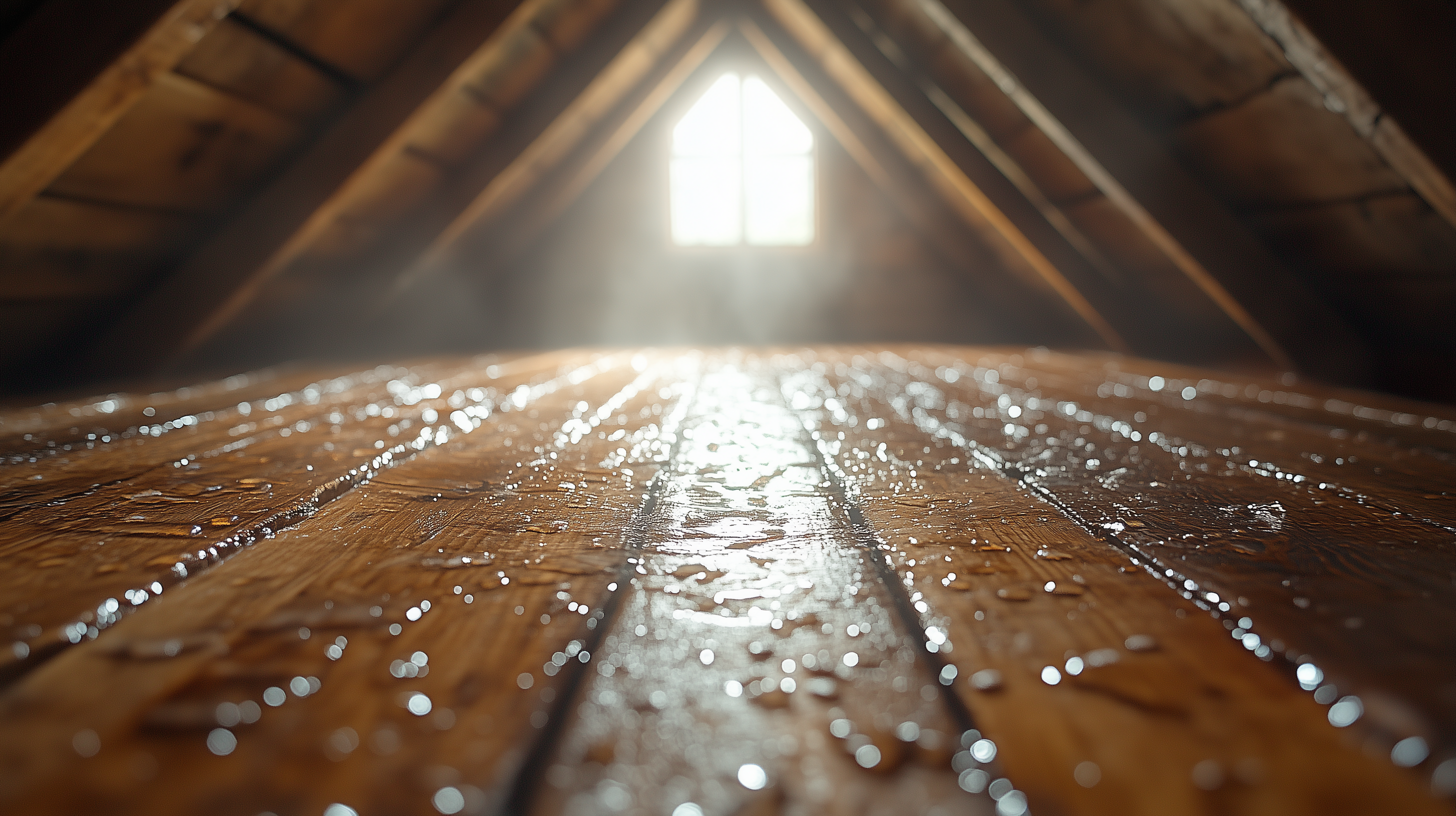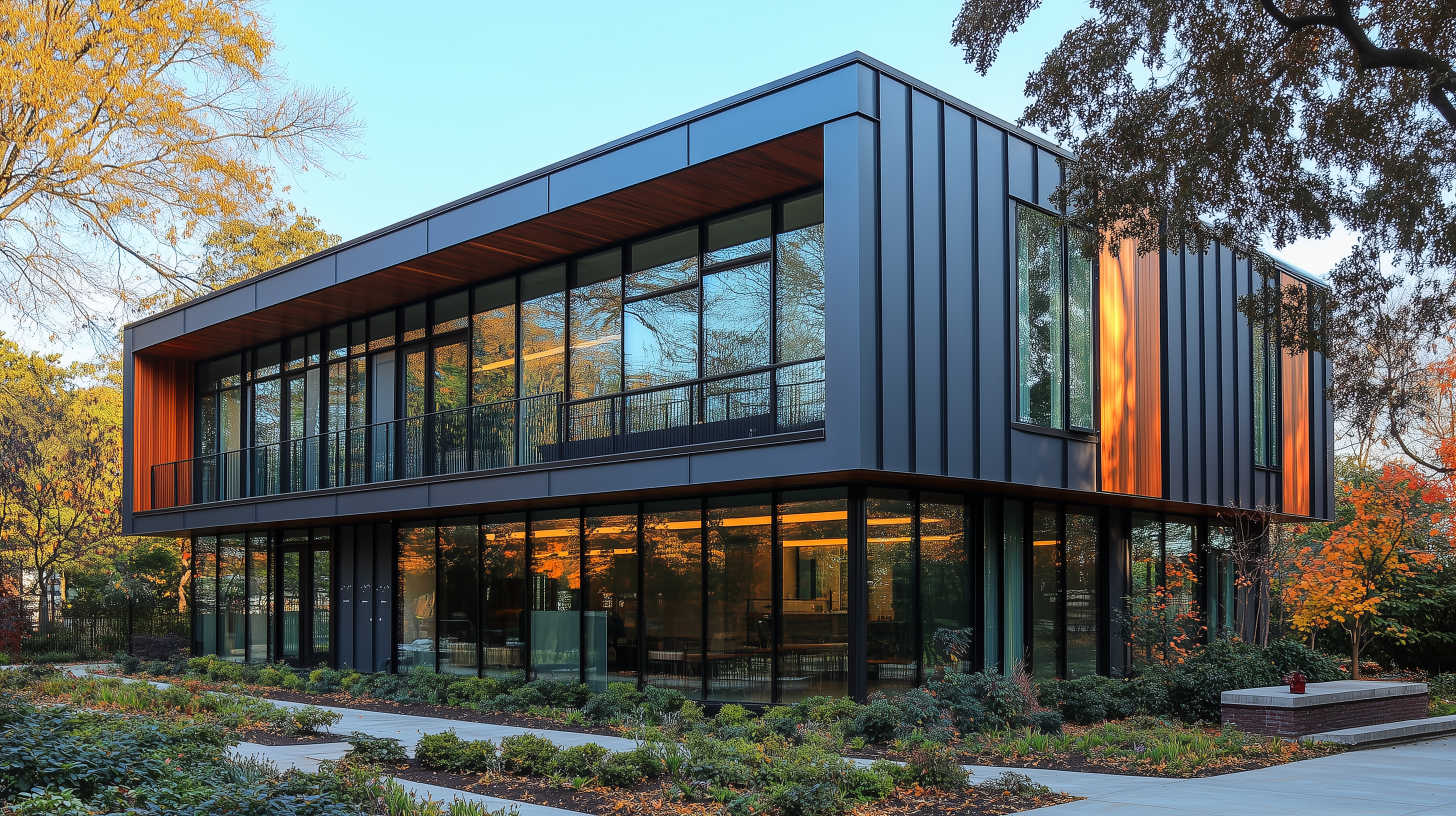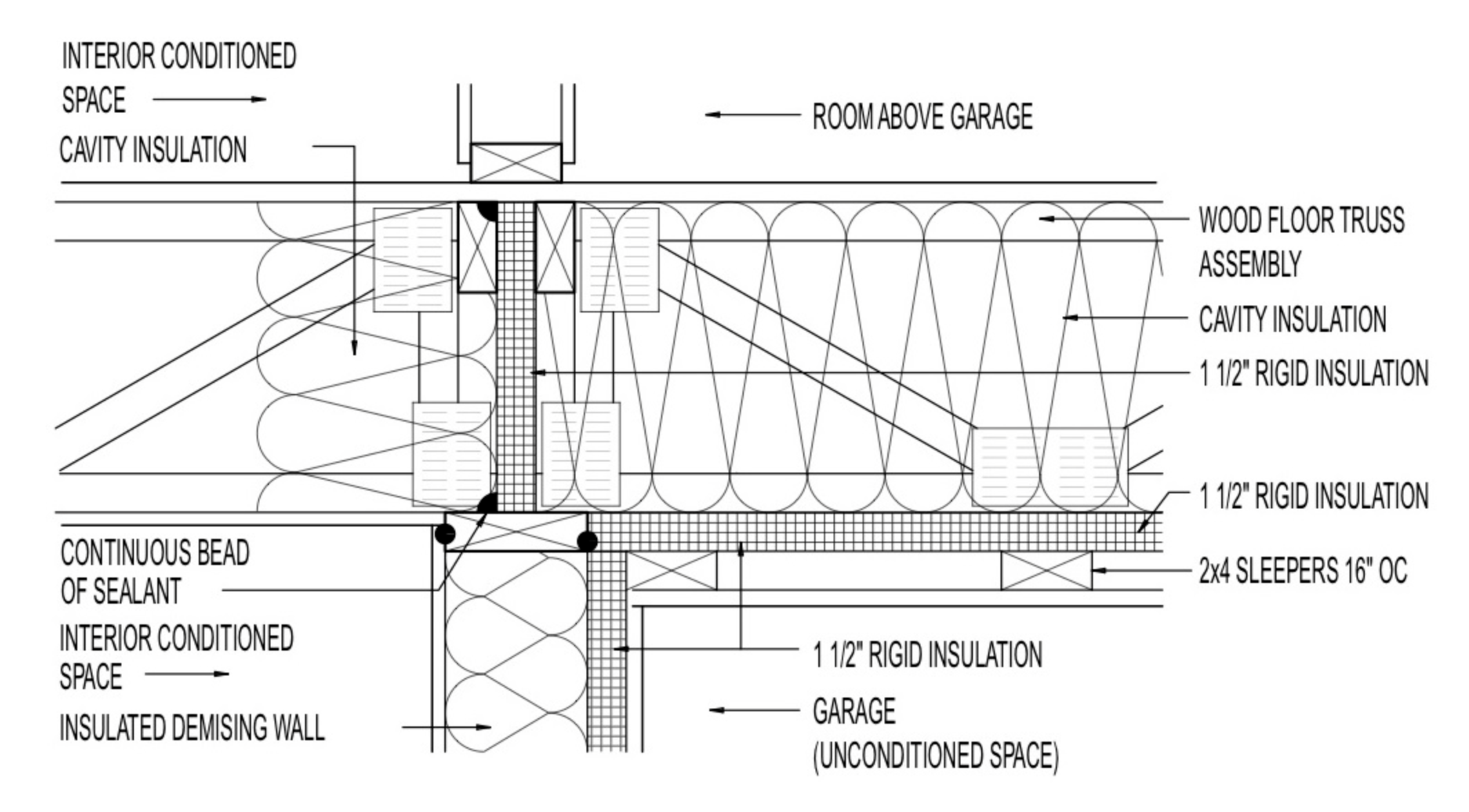Scope and Purpose
1. Financial Responsibility and Definition
The PCA Standard P1 serves a dual role:
- It establishes who bears the financial responsibility for the repair or correction of damage to finished painted surfaces.
- It precisely defines what constitutes a “Touch up” and a “properly painted surface.”
Significance and Use
2. Types of Damages and Responsibilities
- Damage Caused by Others: Damages inflicted by individuals not employed by the painting and decorating contractor are categorized under this. Such damages will be corrected by the contractor only after receiving a change order from the contracting entity.
- Latent Damage: These are damages that were not apparent at the time of the initial painting and decorating work. The contractor will undertake repair work only upon receiving proper authorization.
3. Criteria for a ‘Properly Painted Surface’
According to this standard, a “properly painted surface” is uniform in appearance, color, texture, hiding, and sheen. It should be free of defects like lumps, skins, runs, sags, holidays, misses, or insufficient coverage. The surface is evaluated without magnification, under finished lighting conditions, and from a distance of at least one meter.
Reference Documents and Standards
Various documents, ranging from ASTM standards to painting and decorating textbooks, serve as references for this standard. In case of conflict, the requirements of PCA Standard P1 prevail.
Definitions
The standard provides clear definitions for terms such as “Change Order,” “Contracting Entity,” and “Damage Caused by Others,” reducing the scope for misunderstandings.
Pertinent Definitions from PCA Standard P1 for Insurance Restoration
- Change Order: An agreement to modify or alter the original contract work, including corrective work for “damage caused by others” and “latent damage.” Adjustments to the contract amount and completion time should be part of this agreement.
- Contracting Entity: The general contractor, owner of the property, construction manager, developer, or other entity legally responsible for the agreement or authorized agent of any of the above.
- Damage: Abuse or injury to a paint film or substrate which would blemish its appearance or impair its usefulness or value.
- Damage Caused by Others: Damage inflicted by individuals other than those employed by the painting and decorating contractor.
- Latent Damage or Defects: Damage to surfaces by causes beyond the control of the painting and decorating contractor after the contractor’s work has been completed. Examples include building settlement, cracks, water damage, and earthquake damage.
- Normal Viewing Position: For the purpose of inspection, a normal viewing position shall be at eye level at a minimum of thirty-nine (39) inches or one (1) meter from the wall.
- Standard: Something established for use as a rule or basis of comparison in measuring or judging capacity, quantity, content, extent, value, quality, etc.
- Touch Up: The correction of deficiencies in the specified work to achieve a “properly painted surface.” Distinct from “damage caused by others” and “latent damage.”
- Properly Painted Surface: Defined as uniform in appearance, color, texture, hiding, and sheen. Evaluated without magnification, under finished lighting conditions, and from a distance of at least one meter.
Understanding these definitions can be crucial when dealing with insurance claims, especially when there are disputes over the scope of work, quality of repair, or financial responsibilities.
Standard Specification
5. Execution Guidelines
- Touch Up: The contractor is responsible for correcting any deficiencies in workmanship to meet the standard’s definition of a “properly painted surface.”
- Latent and Other Damage: The contractor will repair these only upon receiving a change order and approval from the contracting entity.
6. Concluding Remarks
By clarifying areas of responsibility and providing a nationally recognized consensus, PCA Standard P1 contributes significantly to reducing misunderstandings and ensuring quality work in the painting and restoration industry.
Contact Us
For more personalized guidance, consult with painters and local building codes specific to your location. For immediate service or consultation, you may contact us at Allied Emergency Services, INC.
Contact Information:
- Phone: 1-800-792-0212
- Email: Info@AlliedEmergencyServices.com
- Location: Serving Illinois, Wisconsin, and Indiana with a focus on the greater Chicago area.
If you require immediate assistance or have specific questions, our human support is readily available to help you.
Disclaimer: This article is intended for informational purposes only. For professional advice, consult experts in the field
